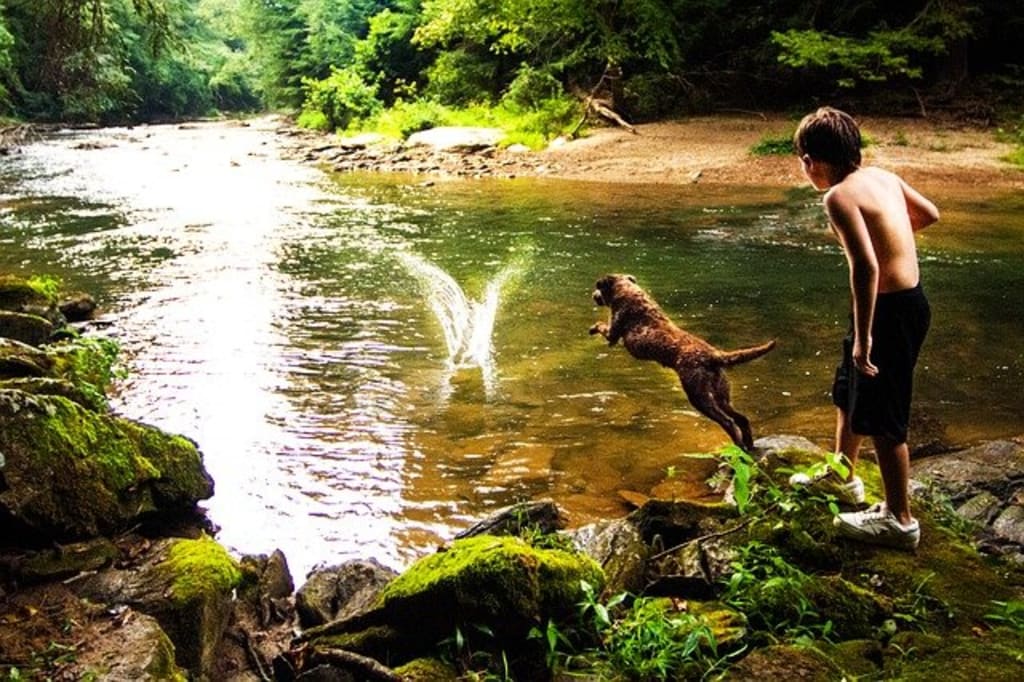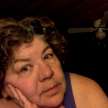Can Shorter Showers Really Make a Difference? Sure!
If you Count all 18,000,000 Million of Them!

Where it all begins is debatable
Cooperstown, NY is known as the home of the baseball hall of fame. But what is little known and perhaps far more important is that the Cooperstown’s area is where you find the origins of the Chesapeake Bay Watershed. This massive water shed in centered around the Susquehanna River. The river is named after the Susquehannock or Susquehanna people. Susquehanna means people of the muddy river.
Just north of Cooperstown is a hamlet called Schuyler Lake. A tad bit confusing as the actual Lake's name is Canadarago Lake. Canadarago lake is on the east branch of the Susquehanna River. This lake is where the Susquehanna River begins its long 315 mile journey to the Chesapeake Bay on the Atlantic Ocean.
The more famous Otsego Lake with Cooperstown at the foot of the lake is often sited as the head waters. But the New York Department of Natural Resources views the head waters of the Susquehanna as Canadarago Lake which runs slightly north of and parallel to Otsego Lake.
When I saw a sign posted on the roadside in upstate New York marking the beginning of the Chesapeake Bay Watershed, I was very confused. I grew up in Virginia not far from the Chesapeake Bay. Our family made annual treks to the bay area each summer to enjoy the beaches. I knew about local watersheds and how they worked, but had now idea that they could extend from upstate NY all the way down to the mid-the Atlantic coast. When I saw a course offered about this particular watershed I signed right up — I don’t like being confused.
So know I know…
A watershed is the track of land that allows water to flow through it by a set of connected waterways. Watersheds are also called “basins” or “drainage basins.” These watersheds include things we can see such as rivers, lakes, bays, ponds, swamps, bogs, and creeks.
Watersheds also include important pathways of water called aquifers. These aquifers are invisible to us, but critical to the environment. The water that travels in and out of these aquifers is ground water. We all live in a specific watershed: some are large (the Chesapeake Bay Watershed), while others are small (your local stream or creek).
One way to think of this watershed is to imagine you are in your shower. Where does all that water, soap and sloughed off DNA go? The water from most showers travels through pipes to a water treatment plant. From there it is returned to lakes, rivers, and /or creeks, ultimately flowing all the way to the Chesapeake Bay. In essence, your DNA is going for a long trip through a watershed filled with tributaries, streams, bogs, swamps, and an estuary on its way to the Atlantic Ocean.
The other option is a little more direct. Your shower water may travel from your plumbing pipes into a septic tank. The water from there flows into a leech field, which then flows directly into the aquifer.
.The Chesapeake Bay watershed stretches more than 64,000 square miles, across parts of six states. This large track of land includes Delaware, Maryland, New York, Pennsylvania, Virginia and West Virginia as well as all of Washington, D.C.
The Chesapeake Bay watershed has more than 100,000 streams and rivers that flow into the Bay. This means that all water used for showers by the 18, 000,000 people living in this 64,000 square miles drains into the Chesapeake Bay.
However, we do more with water than take showers! On average, an individual uses 80–100 gallons of water a day. If we only count the 602,000 people living in Washington D.C. that is sixty million two hundred thousand gallons of water a day from just one area draining into the Chesapeake Bay. That is the equivalent to 1,200,00 bathtubs full of water!
That is a lot of water. The bigger issue, however, is that not all the water headed for the ocean is clean. People, farms, and industries all contribute to polluted waterways.
According to the Environmental Protection Agency of the six states included in the Chesapeake Bay watershed, only NY is below allowable levels of pollutants in their water drainage systems. Scientists have found that polluted water entering the bay has caused large dead zones where not enough oxygen is in the water to sustain life.
All watersheds are an integral part of the water cycle, which sustains and supports complex eco-systems. The Chesapeake Bay is an incredibly complex ecosystem that includes important habitats and food webs. The bay and its rivers, wetlands and forests provide homes, food, and protection for diverse groups of animals and plants as well as livelihoods for many people.
Unfortunately, the health of the people, plants and animals of this delicate system is dependent on good water conservation and environmental practices of all the folks living upstream! All 18 million of us!
One small thing you can do to preserve and protect the health of the bay is take showers that are five minutes or less using soaps that don’t harm the water systems. Remember if it goes down a drain it eventually reaches the ocean.
If we each do a little it will make a huge positive impact on the health of the bay.
Tips for contributing to a healthier watershed
DO use eco-friendly cleaning products. What does that mean? Use lemon juice, vinegar, and baking soda as well as Borax and Castile soap for killing bacteria and getting rid of dirt and grime. Great grandmother had it right.
DO “live where you live” If you are in a dessert area- a lawn doesn’t make sense! Plant succulents and native brushes and sages. If you live in a lush area like upstate NY reduce the amount of lawn that needs fertilizing and replace with native plants that thrive and don’t need “extra” to make it.
DO drive less- plan your trips, multitask. Shocking how much cars contribute to ground water contamination through micro leaks and tail pipe emissions! At least when we relied on horses, they gave us great natural fertilizer!
DO support your local farmer who has a water and land quality conservation plan in place. Modern large scale agriculture practices are a huge contributing factor to ground water contamination.
DO READ more about it (plus the photos are wonderful!)
https://www.nrcs.usda.gov/Internet/FSE_MEDIA/nrcseprd1415210.pdf
We can all DO something to make a difference, all us up-streamers! We 18,000,000 individual households can DO something to improve the water quality and the health of our part of the watershed, even of it’s just taking a shorter shower.
References/ Read More About It!
https://www.nrcs.usda.gov/Internet/FSE_MEDIA/nrcseprd1415210.pdf
https://www.nrcs.usda.gov/wps/portal/nrcs/detailfull/national/programs/initiatives/?cid=stelprdb1047323
Chesapeake Bay Watershed Program
The Chesapeake Bay Program is soliciting public input on the draft Conowingo Watershed Implementation Plan (WIP)…
www.dec.ny.gov
About the Creator
Carolyn F. Chryst
Has had an eclectic life — Waitress, Actress, Zoo Curator, Story Teller, Poet, Exhibit Designer, Writer, Farmer and Educator.






Comments
There are no comments for this story
Be the first to respond and start the conversation.